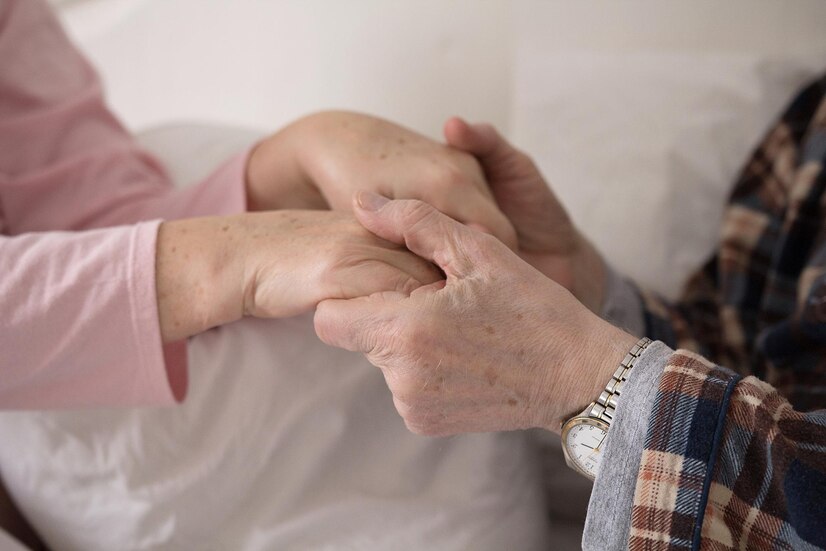Parkinsons Diseases

Parkinson’s disease is a progressive neurological disorder that primarily affects movement. It occurs due to the loss of dopamine-producing neurons in the brain, particularly in a region called the substantia nigra. This loss of dopamine leads to characteristic motor symptoms such as tremors, bradykinesia (slowed movement), rigidity, and postural instability. Parkinson’s disease can also cause non-motor symptoms, including cognitive impairment, depression, and sleep disturbances.
Symptoms
Motor Symptoms:
- Tremors: Involuntary shaking, often starting in the hands or fingers.
- Bradykinesia: Slowed movement and difficulty initiating and controlling voluntary movements.
- Rigidity: Stiffness or inflexibility in the limbs or trunk.
- Postural Instability: Impaired balance and coordination, leading to falls.
Non-Motor Symptoms:
- Cognitive Changes: Memory problems, difficulty concentrating, and impaired executive function.
- Mood Disorders: Depression, anxiety, and apathy.
- Sleep Disturbances: Insomnia, excessive daytime sleepiness, and REM sleep behavior disorder.
Treatment
Medications
- Levodopa: The most effective medication for managing motor symptoms by replenishing dopamine levels in the brain.
- Dopamine Agonists: Mimic the action of dopamine in the brain and can be used alone or in combination with levodopa.
- MAO-B Inhibitors and COMT Inhibitors: Help prolong the effects of levodopa by preventing its breakdown in the body.
Deep Brain Stimulation (DBS)
- Surgical Procedure: Involves implanting electrodes into specific regions of the brain, such as the subthalamic nucleus or globus pallidus, which are then connected to a pulse generator placed under the skin in the chest.
- Mechanism: Modulates abnormal neuronal activity and improves motor symptoms, especially tremors and dyskinesias.
- Indications: Considered for patients with advanced Parkinson’s disease who experience motor fluctuations or medication-resistant symptoms.
Physical Therapy
- Exercise Programs: Improve strength, flexibility, balance, and coordination, helping to alleviate motor symptoms and enhance quality of life.
- Speech Therapy: Addresses speech and swallowing difficulties that may arise due to Parkinson’s disease.
Occupational Therapy
- Adaptive Strategies: Helps individuals with Parkinson’s disease maintain independence in activities of daily living by teaching techniques to compensate for motor difficulties.
- Assistive Devices: Recommends and trains individuals to use assistive devices such as walkers, canes, or specialized utensils to aid mobility and function.
Lifestyle Modifications
- Nutrition: A balanced diet rich in fruits, vegetables, and whole grains can support overall health and may help manage constipation, a common non-motor symptom.
- Sleep Hygiene: Establishing a regular sleep schedule and creating a conducive sleep environment can improve sleep quality in individuals with Parkinson’s disease.
Research and Future Directions
Ongoing research efforts are focused on developing disease-modifying treatments that can slow or halt the progression of Parkinson’s disease. This includes investigating neuroprotective agents, stem cell therapy, gene therapy, and novel drug delivery systems. Additionally, advances in understanding the genetic and molecular mechanisms underlying Parkinson’s disease may lead to more targeted and personalized treatment approaches in the future.
While Parkinson’s disease presents challenges, early diagnosis, comprehensive treatment plans, and ongoing support from healthcare professionals and caregivers can significantly improve the quality of life for individuals living with this condition. It is essential for individuals with Parkinson’s disease to work closely with their healthcare team to manage symptoms effectively and adapt to the changing needs of the disease over time.


